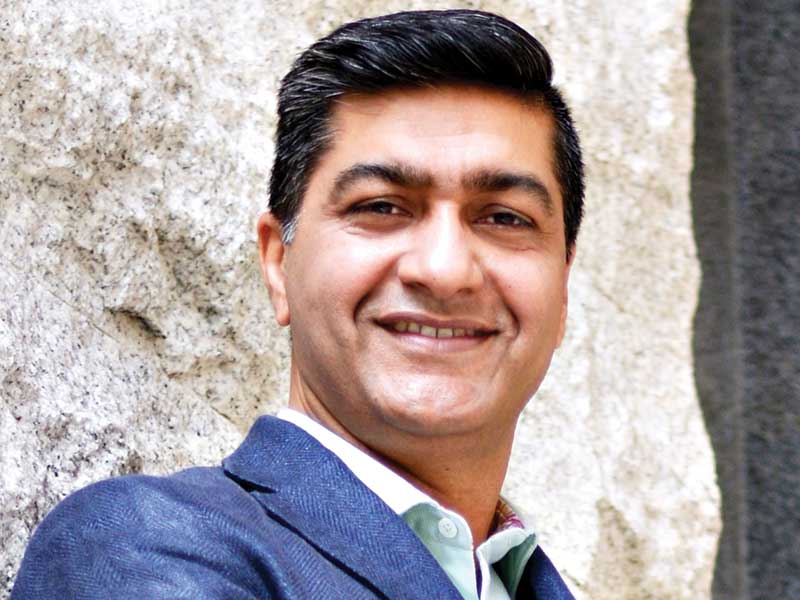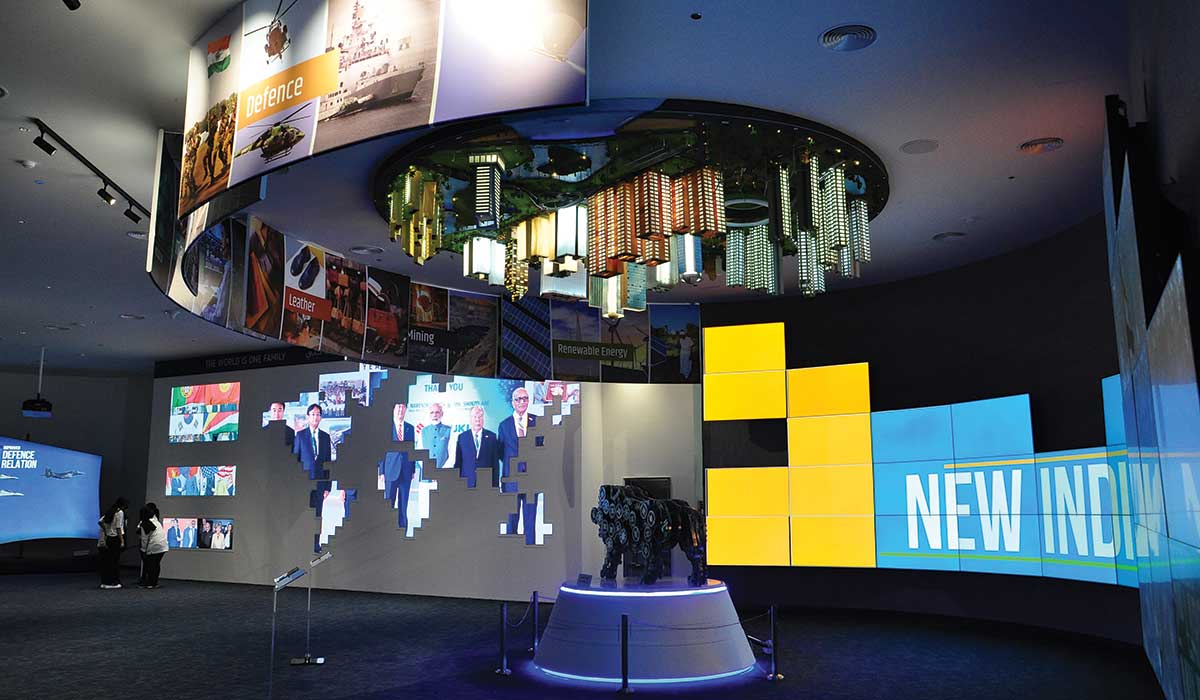
Fact File
Client: Ministry of Commerce and Industry
Principal Architect Firm: C P Kukreja Architects
Location: Dubai, UAE
Site: 1.2 acres
Built-up area: 1,00,000 sq. ft.
Project Management Contract (PMC): NBCC DWC-LLC
Business Facilitators: FICCI
Interior Fitouts: Muse International
Digital Content Curation: Moving Pixels
Year of Completion: 2021
The India Pavilion at Dubai Expo 2020 seeks to exhibit the substantial growth the country has witnessed through the years after Independence; it amplifies the country’s position on the global map as a thriving economy, integrating a futuristic approach and mobility while projecting the Indian story in a global narrative.
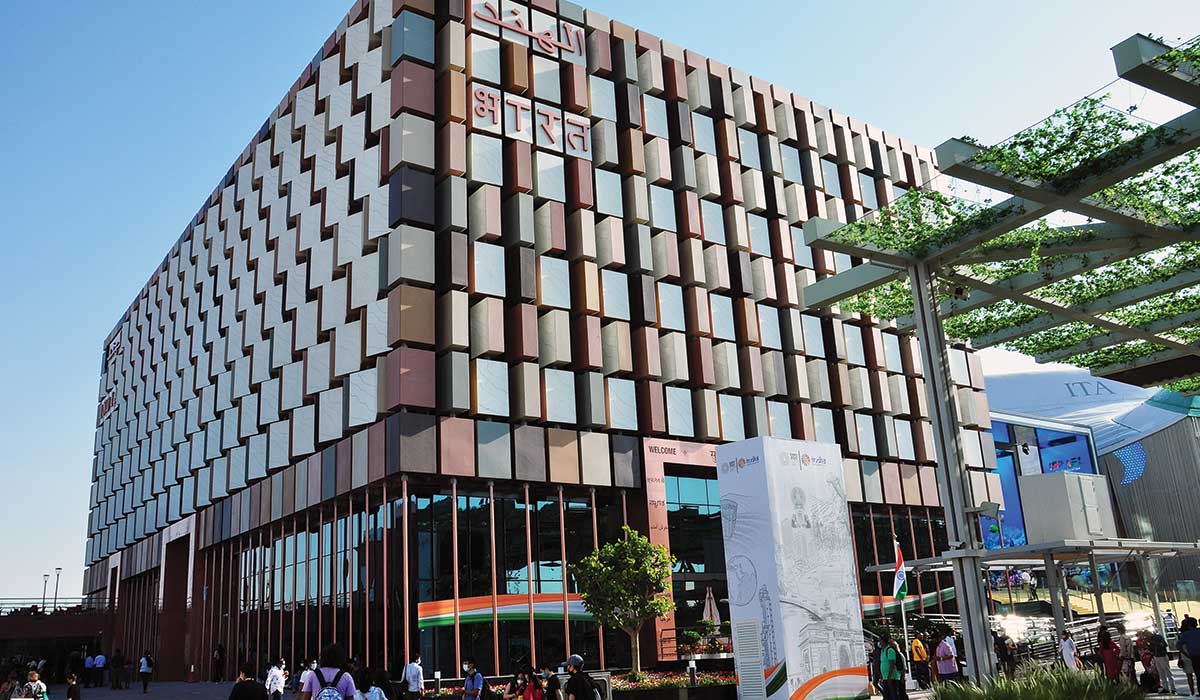
Celebrating India’s 75 years of Independence, the façade of the pavilion engages visitors – familiarizing them with the history, geography, and literature of the country, through 75 identified stories. The outstanding façade is comprised of 600 individual blocks that move using kinetic architecture. Movement in the façade helps control factors such as sunlight and wind inside the Pavilion and regulates natural daylight and ventilation. In the evening, the façade turns into a vibrant show with sound, light, and projections, lending the space a festive look and feel.
Mindfulness in architecture in the 21st century is bringing together eco-conscious and technology in a holistic manner. Through the Pavilion, we hope to pay a homage to the cultural multifariousness of our country whilst nurturing the idea of India as a pool of opportunities for investment and collaboration. The design seeks to amplify the country’s position on the global map as a thriving economy, integrating a futuristic approach and mobility, while projecting the India story in a global narrative.
Dikshu Kukreja, Managing Principal, CPKA
The awkward shape of the trapezoidal site has been designed to create visual memorabilia and utilise the land to its full potential such that it condenses the vastness of India’s culture and cityscape within it. Design elements include a radiant sundial and an elaborate amphitheatre. Sustainability is one of the key design features, integrating the climatological influences of the region with technology.
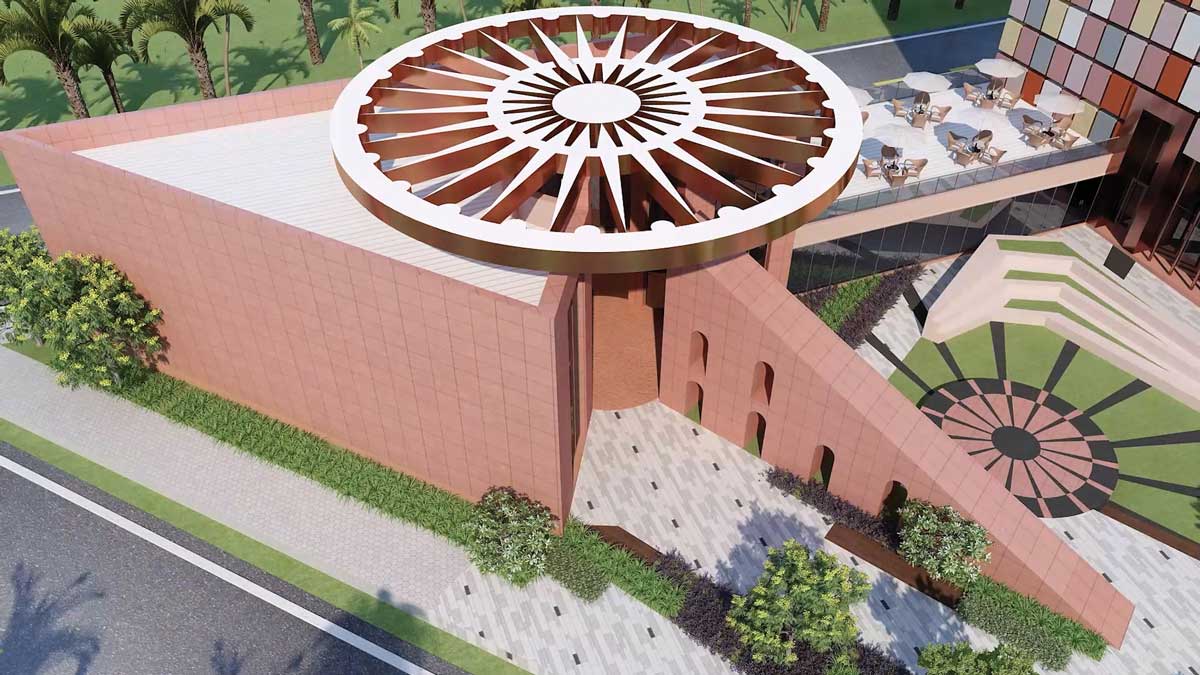
A skylight optimises natural daylight in the interiors, while solar panels installed on the terrace maximise the benefits from Dubai’s harsh sunlight. The chakra is designed using steel construction with modular steel members that can be recycled. In the interiors, visitors enjoy an interactive experience as they witness both physical exhibits as well as an immersive digital content showcasing various sectors in the thriving Indian economy. This integration of creative and technical advancements creates an exhilarating atmosphere.
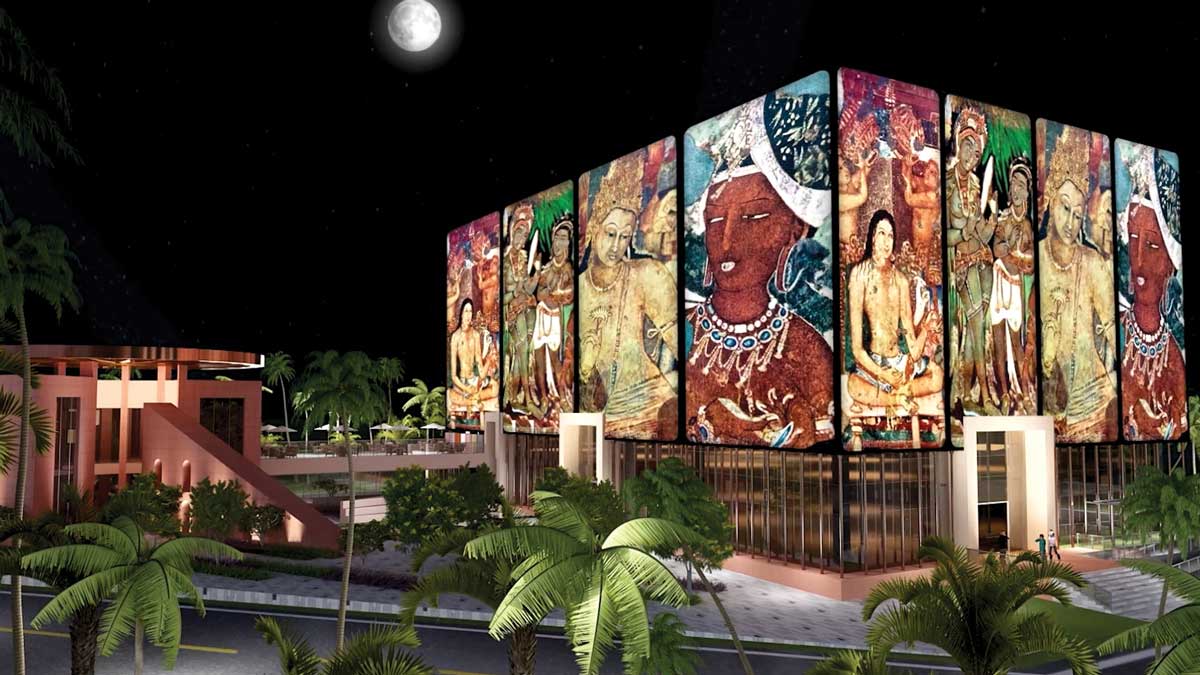
The Expo 2020 Dubai is a global stage for renowned architects from all over the world to represent countries whilst showcasing their design acumen and finesse. With an overarching theme of ‘Connecting Minds, Creating the Future’, the platform promotes partnerships for innovation, inclusion, and understanding.
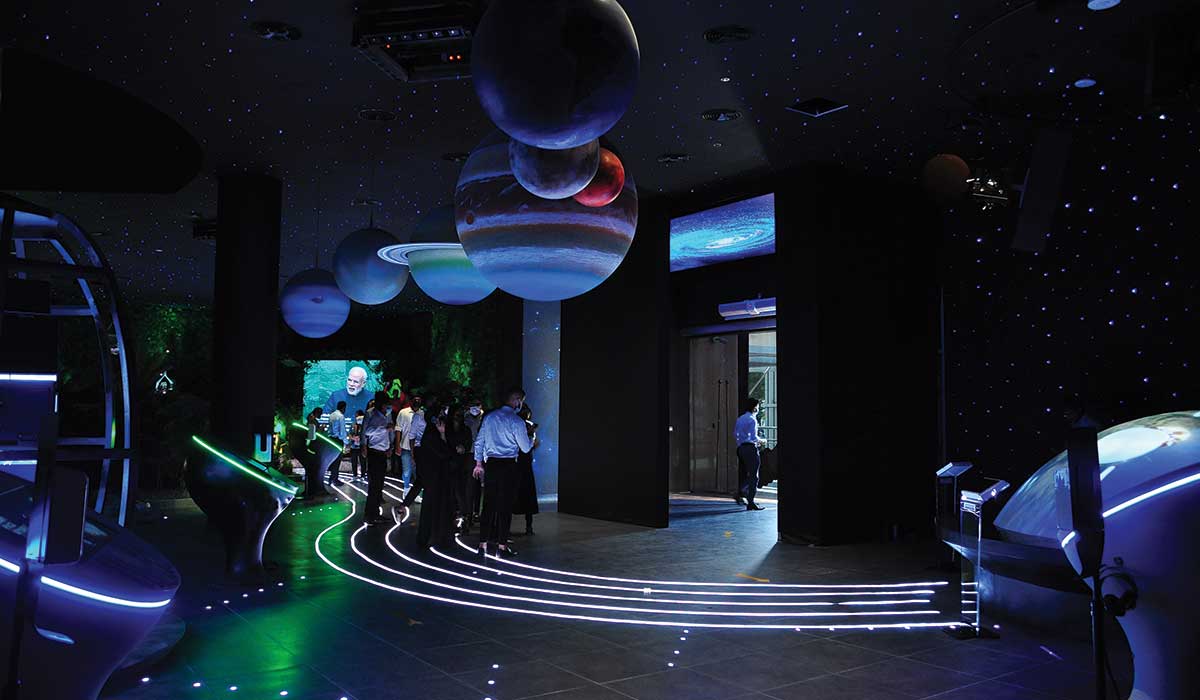
For the prestigious Indian Pavilion project, CPKA has amalgamated the ethos of the country’s mobility with technology that infuses a sensory stimulus into the Pavilion. Ar. Dikshu Kukreja recalls, “The pavilion design as an architectural process is quite novel in that a single architect designed 82 different design options for the pavilion. The process began three years ago in September 2018. There were so many possibilities to represent India in a single pavilion. And, of course, the design had to go through the many stakeholders and government officials involved right up to the Prime Minister’s office. The whole process took six months.”
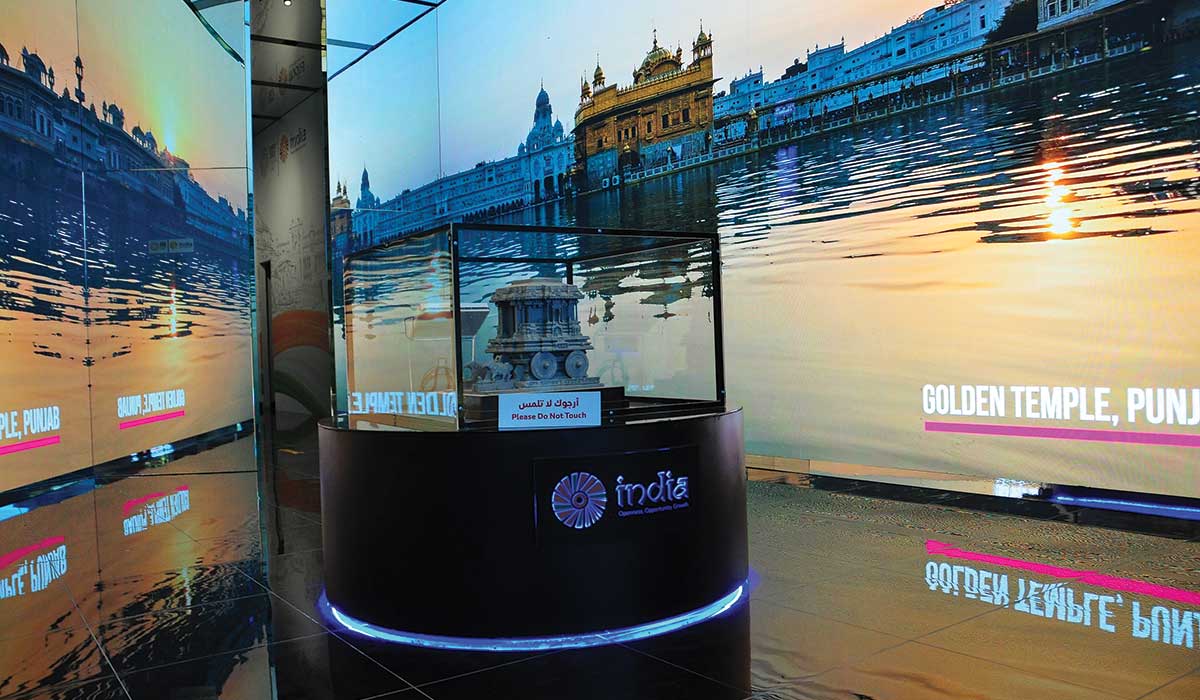
He adds, “Architecture is an amalgamation of creativity and engineering. For us, representing India on an international platform meant developing a design that creates a meaningful dialogue between the tangible and intangible aspects of the built form. This was a unique project to work on because it is showcased on a global stage where you have an assortment of architecture from around the world. We felt that the best way to communicate an India on the move (the transformational aspects of the country so to speak) was to bring that dynamism to the façade. We chose to represent this using a kinetic façade with rotating elements that can become a blank canvas to showcase the India story. Weaving technology and craftsmanship together, we were able to bring forth a concept which capsules the diverse cultures of our country, whilst captivating the visitors through enthralling storytelling.”
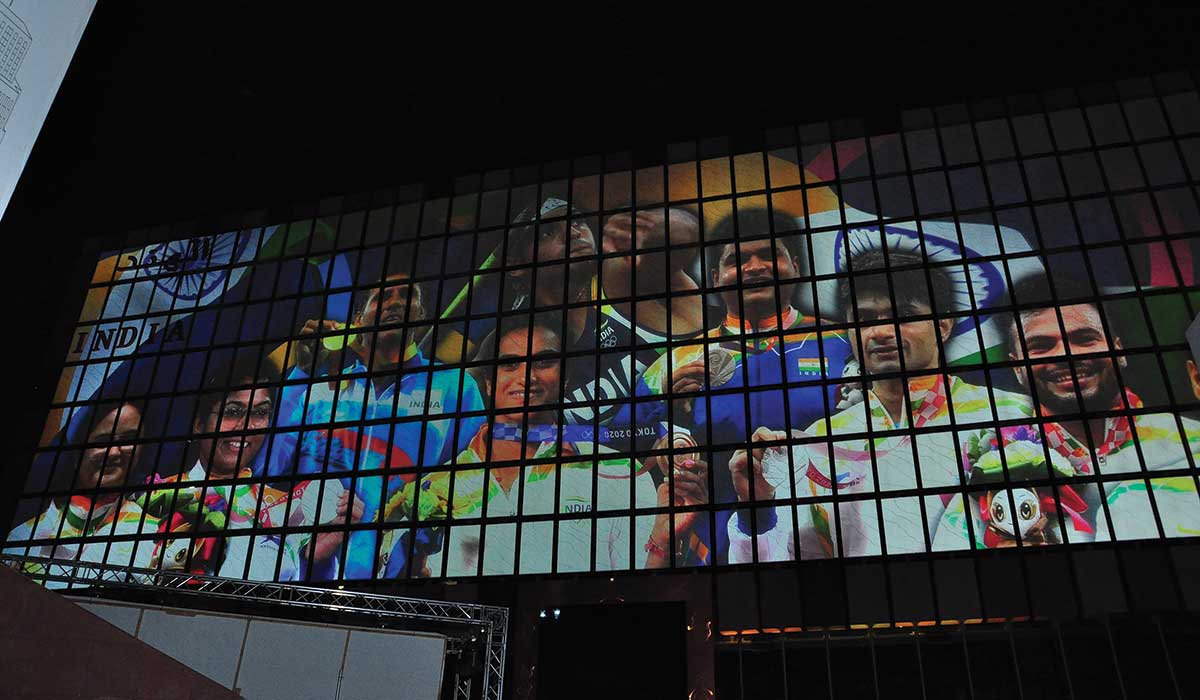
Programs such as Make in India, Digital India, Skill India, and Start-Up India campaigns highlight the country’s capabilities at an international level. The India experience inside the pavilion is based on 11 themes. As one enters the building, one is fascinated by the starry space – guiding visitors through India’s journey in space exploration; live yoga performers with projections of mandalas; and a walk inside a giant radium to help visitors understand the many benefits of Ayurveda. On the first floor, the colours of India on LED walls and exhibits of India’s diverse culture envelop the visitors in a heritage experience. On the second floor, visitors find information and displays on the endless opportunities the country offers for learning, investing etc, and a state-of-the-art theatre hall for meetings, conferences, cultural shows, and film screenings.

